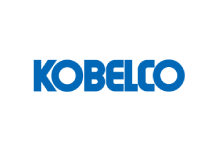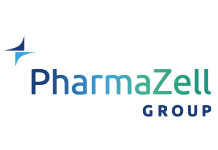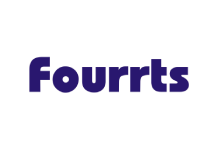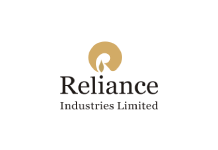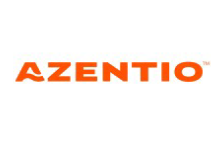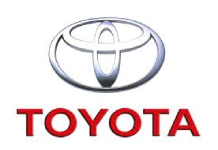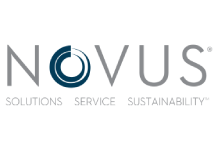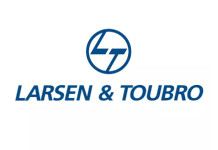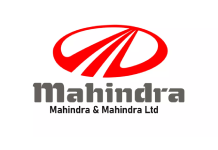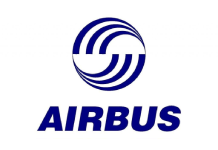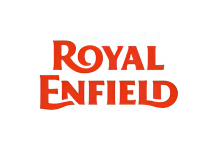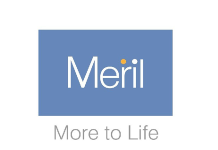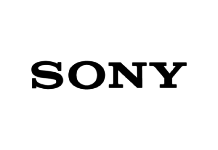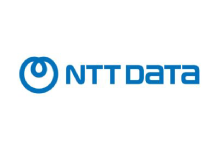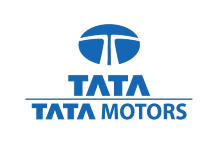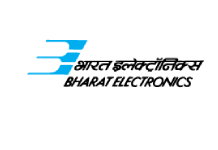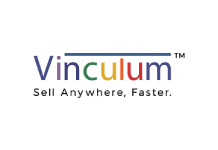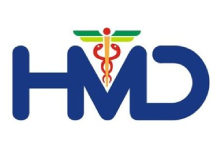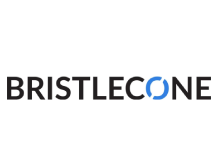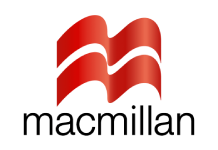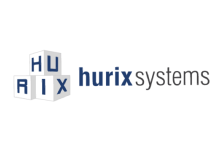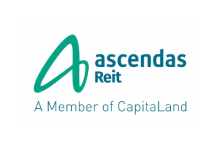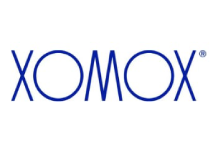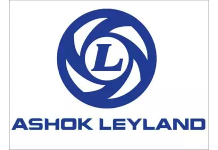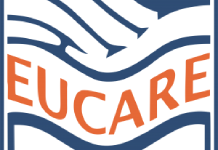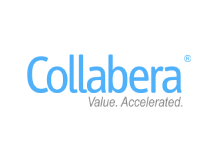Quadrate Multilingual Consultant Pvt Ltd
Clientele
We are the trusted choice of leading Organization Worldwide.
Frequently asked Question
What is the cost of document translation?
Document translation costs are typically calculated on a per-word basis, with rates varying depending on the target language. Additional factors influencing the total cost include required services such as formatting, the number of pages, and other specific needs.
What is a certified translation of a document?
A certified translation is a translation accompanied by a signed statement from a language service provider (LSP) affirming the translation’s accuracy and validity. This statement also includes the translator’s qualifications. Certified translations are often required for legal documents such as birth certificates, death certificates, business contracts, and other legal documents.
What does a certified translation document look like?
A certified translation document includes the translated text along with a signed certification statement. This certification, which verifies the accuracy and validity of the translation, can be provided either electronically or in hard copy form.
What standards should a language service provider have?
A reputable language service provider should hold relevant ISO certifications for quality management systems. These standards ensure high-quality service and reliability. Our certifications include:
– **ISO 9001:2015:** A general quality standard applicable to businesses of any size.
– **ISO 17100:2015:** Specifically designed for translation service providers.
– **ISO 13485:2016:** Tailored for the medical device industry.
– **ISO 18587:2017:** Pertains to translations produced using artificial intelligence (AI) tools, including machine translation (MT) and neural machine translation (NMT).
– **ISO 14971:2019:** Focuses on risk management for medical device companies.
What is a translation memory and how does it help?
A translation memory (TM) is a database that stores source content alongside its corresponding translations. TMs reduce costs by reusing previously translated word segments, ensuring consistency and quality, and speeding up the time to market. TMs are beneficial for various types of content, including technical documents, software, and website translations.
What’s the difference between sworn and certified translations?
The distinction between sworn and certified translations lies in their authorization. A sworn translation is completed by a translator recognized by a legal or government authority and bears a sworn translation stamp. In contrast, a certified translation includes a certification from a language service provider attesting to the translation’s accuracy and completeness, without requiring the translator to be sworn or legally authorized.

